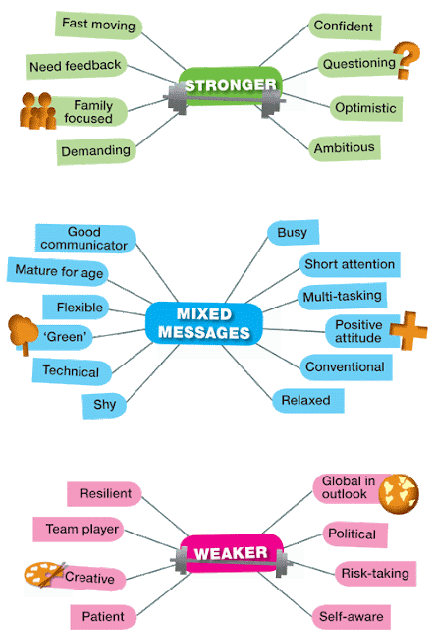Society consists on private sector, the public sector and the non-profit sector which is referred as a third sector. The third sector consists of organizations which are formed and sustained by a group of people (members) acting voluntarily and without seeking personal profit to provide benefits themselves or for others(Werther&Berman:2001).The Office of the Third Sector (OTS) was created in May 2006 in recognition of the increasingly important role the third sector plays in both society and the economy. It was reshaped as the Office for Civil Society following the 2010 general election, however most people in Britain don't readily recognize the new name. The term Civil Society often is used as a Big Society (community.thirdsector.co.uk:2010). According to Charities Act (2006)“charity” means an institution which is established for charitable purposes only, and falls to be subject to the control of the High Court in the exercise of its jurisdiction with respect to charities. In general, a charity is a not-for-profit organization, which dedicates its earnings to its "charitable objects". Charitable purposes have been classified as:
· the relief of financial hardship
· the advancement of education
· the advancement of religion
· certain other purposes for the benefit of the community.
(Maclennan&Quint:2007)
Size of the sector:
The voluntary sector is a large and growing part of what is termed civil society. According to Mintel Report number of charities has dropped in six years.There were 189,530 registered charities in 2004, compared to 172,194at the end of 2010.Mintel Report predicts that the number will go up again to 179,073 by 2015 ( ThirdSectorOnline:2010).According to Charity Commission there are 180,909 registered charities organizations in December 2010(Charity Commision:2010). This includes charities in other categories, for example, universities, housing associations, religious organisations and 'quangos', such as the British Council.
Gender, social class and age differences in charitable giving in UK – key findings based on World Giving Index
· 31% of young men aged 16 – 24 are the least likely to give.
· 69% of people in managerial and professional occupations are the most likely to give
· People in managerial and professional occupations they give larger median amounts on average (£19)
· Giving by cash remains the most common method of donation, used by half of all donors (50%) in 2009/10
·
Globally giving money to charity increases with age.This trend is generally considered to correspond to increasing disposable income. According to Mintel over-55s are most likely to donate. Younger consumers (aged 16-24) are least likely to donate.Globally ,women are marginally more likely to give money than men (30% versus 29%). Men, however, are marginally more likely to volunteer, and to help a stranger.
An estimated three million people were affected by the quake. The Haitian government reported that an estimated 316,000 people died, 300,000 had been injured and 1,000,000 made homeless. The death toll has also been suggested to be much lower at somewhere between 92,000 and 220,000, with around 1.5 million to 1.8 million homeless.The government of Haiti also estimated that 250,000 residences and 30,000 commercial buildings had collapsed or were severely damaged.
 It’s been one year since the devastating earthquake that hit Haiti. Reaching the children who need us most has been more difficult than anyone could have imagined. Approximately 380,000 children are still living in camps. To make matters worse, a cholera outbreak has spread through the country, threatening the lives of those who survived the earthquake. Over the last year, UNICEF has been helping to provide safe drinking water and is currently supporting 72 cholera treatment centres.
It’s been one year since the devastating earthquake that hit Haiti. Reaching the children who need us most has been more difficult than anyone could have imagined. Approximately 380,000 children are still living in camps. To make matters worse, a cholera outbreak has spread through the country, threatening the lives of those who survived the earthquake. Over the last year, UNICEF has been helping to provide safe drinking water and is currently supporting 72 cholera treatment centres.

























